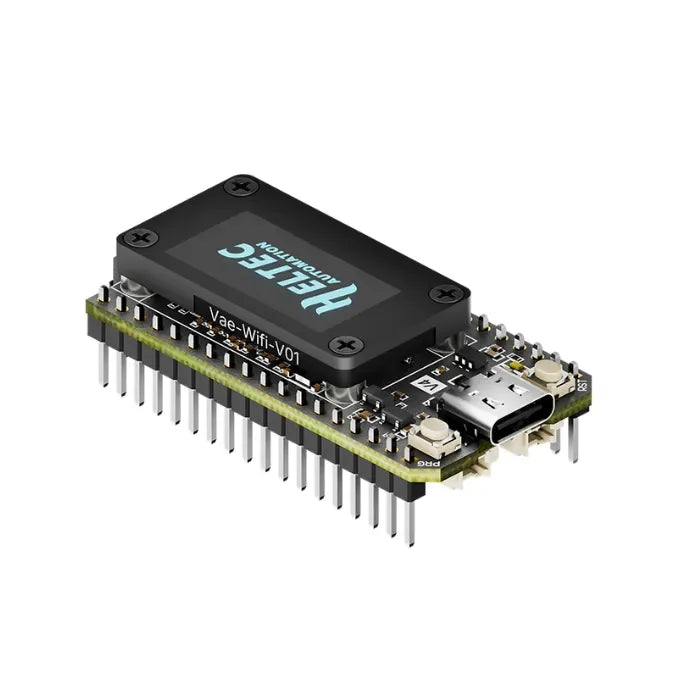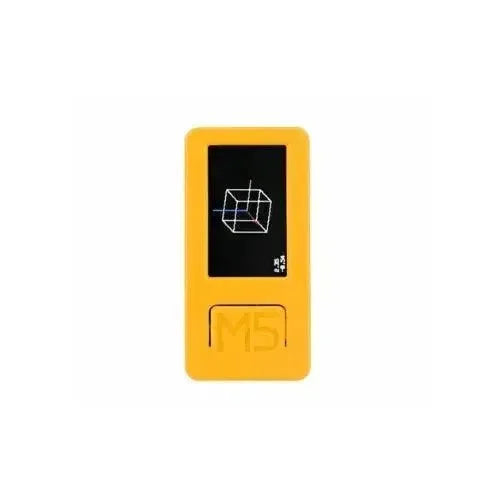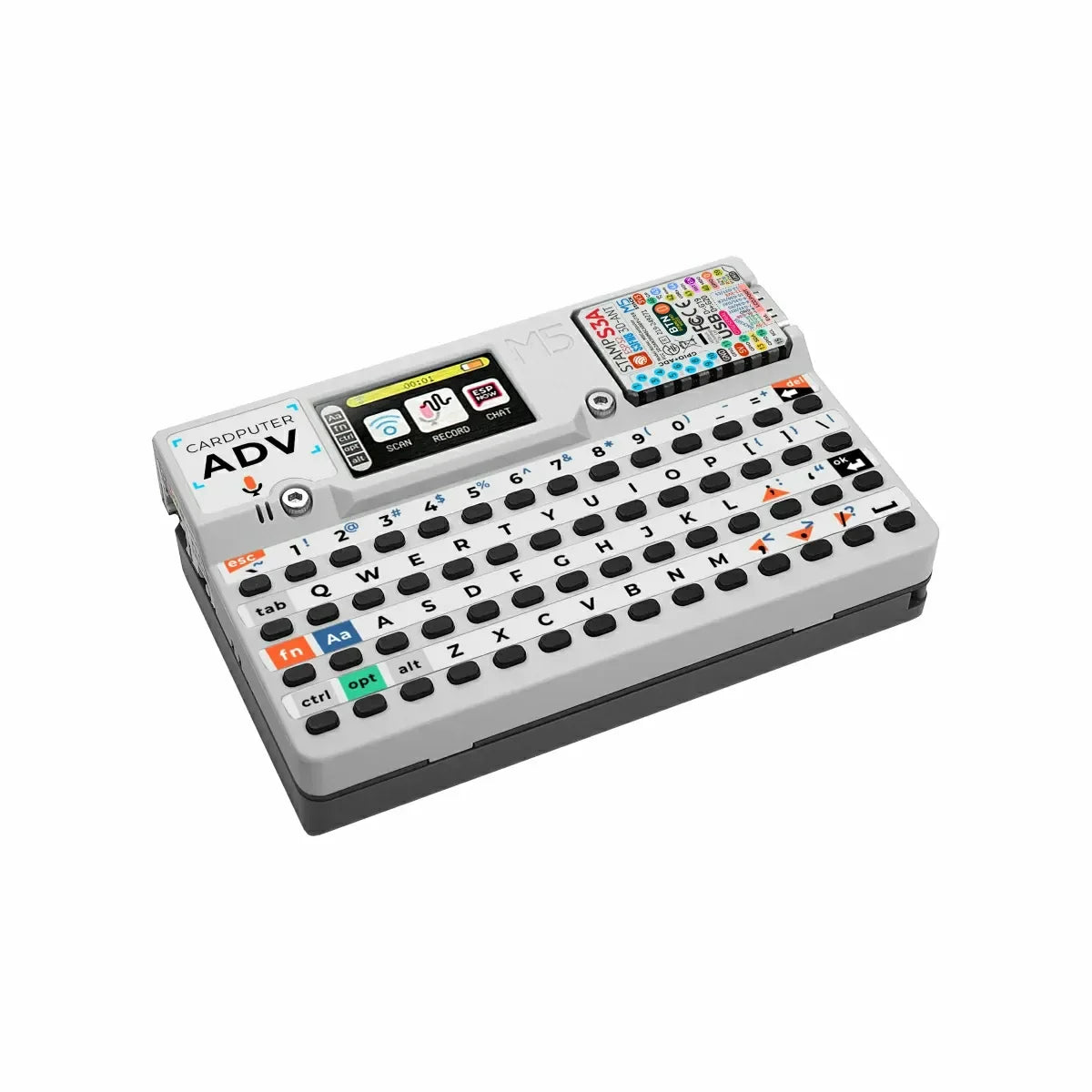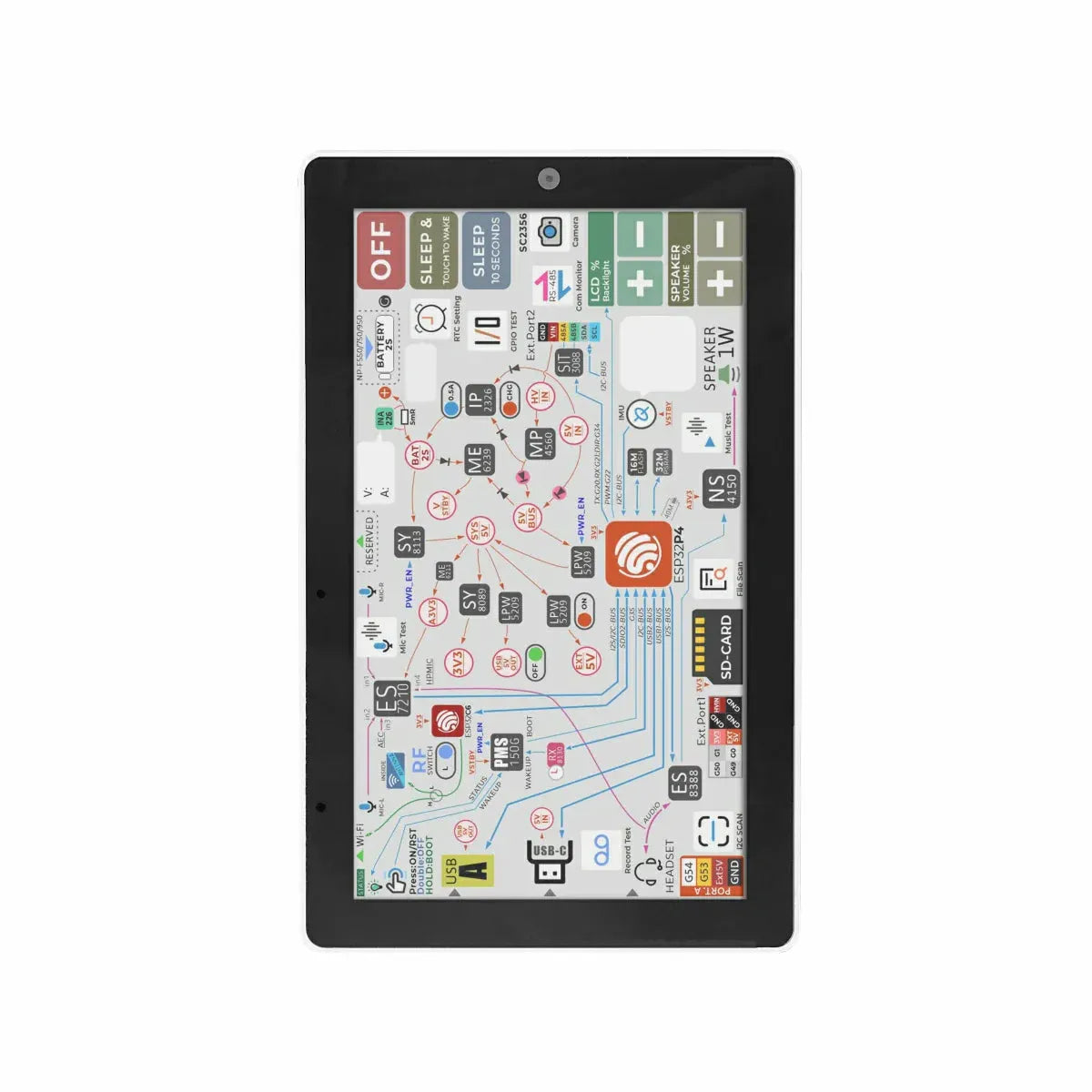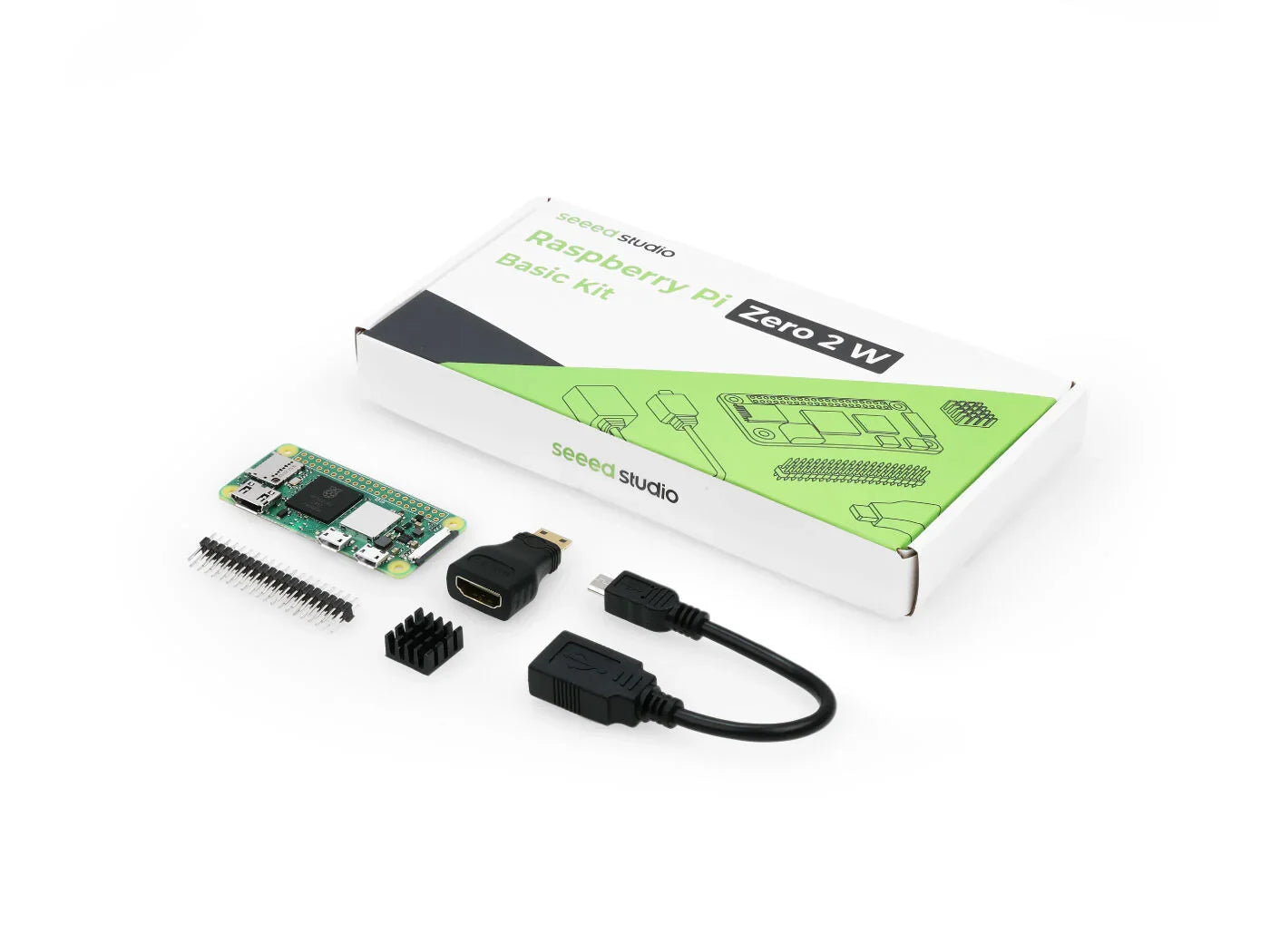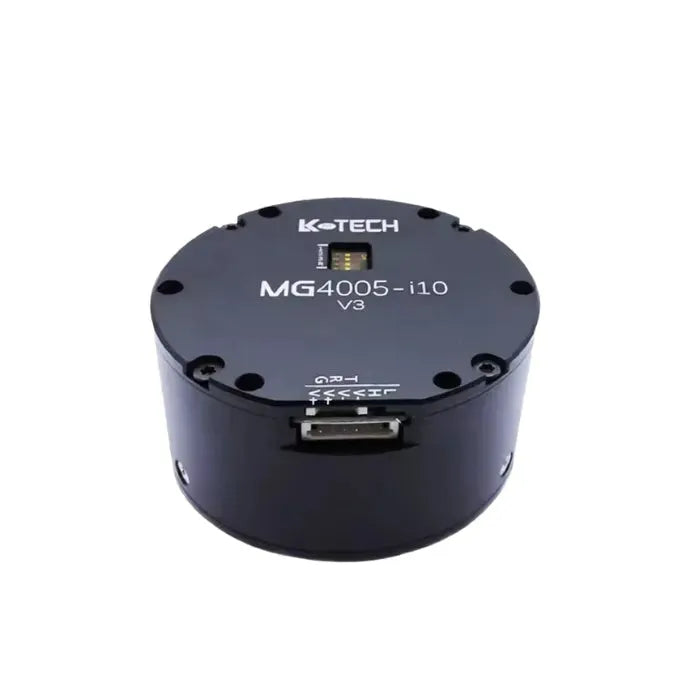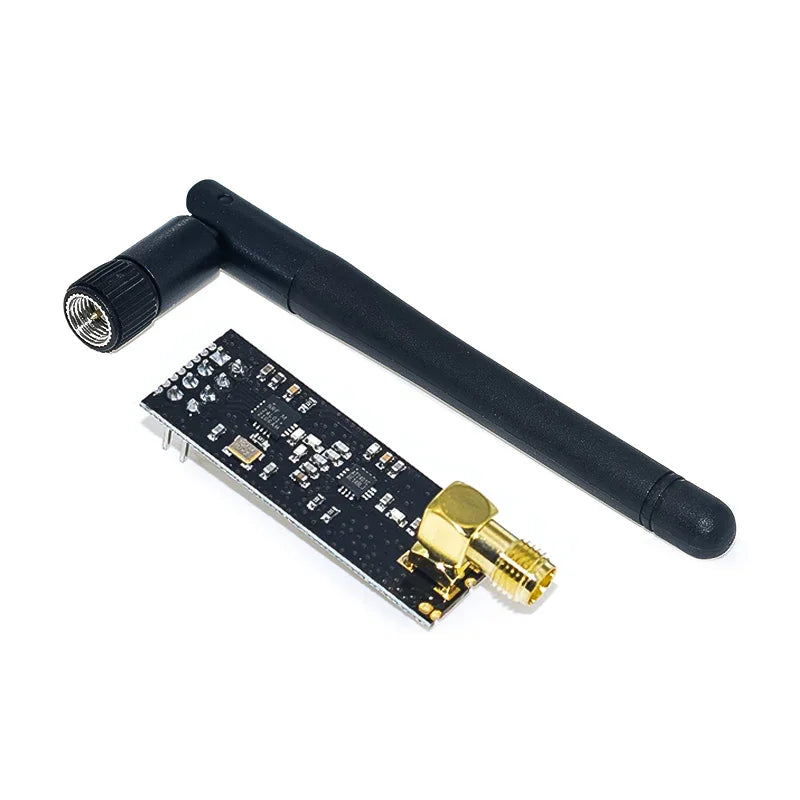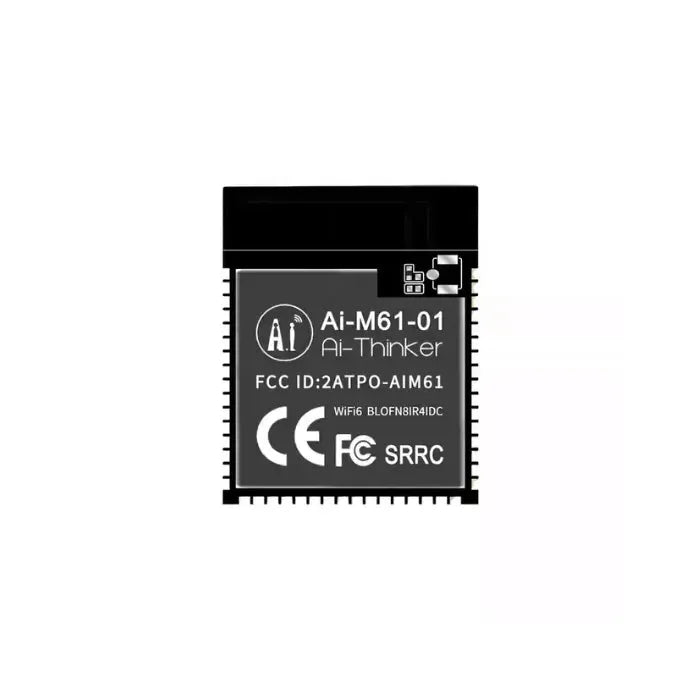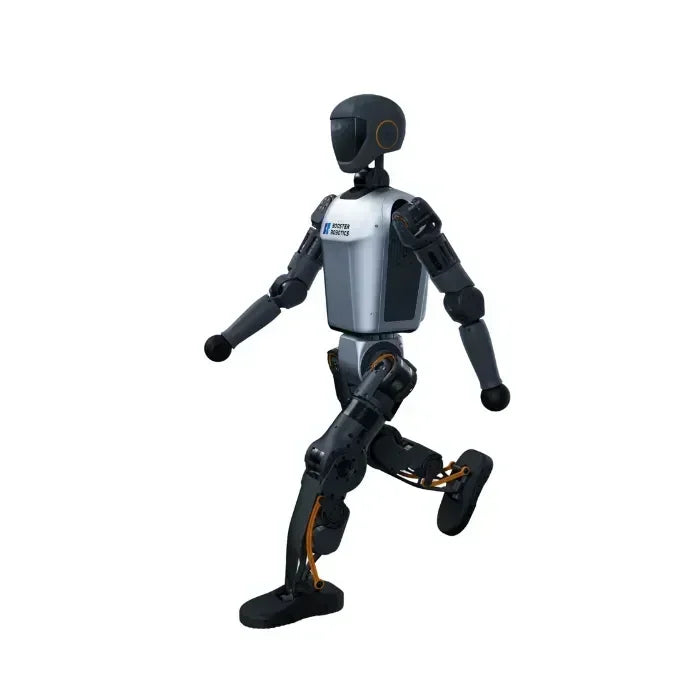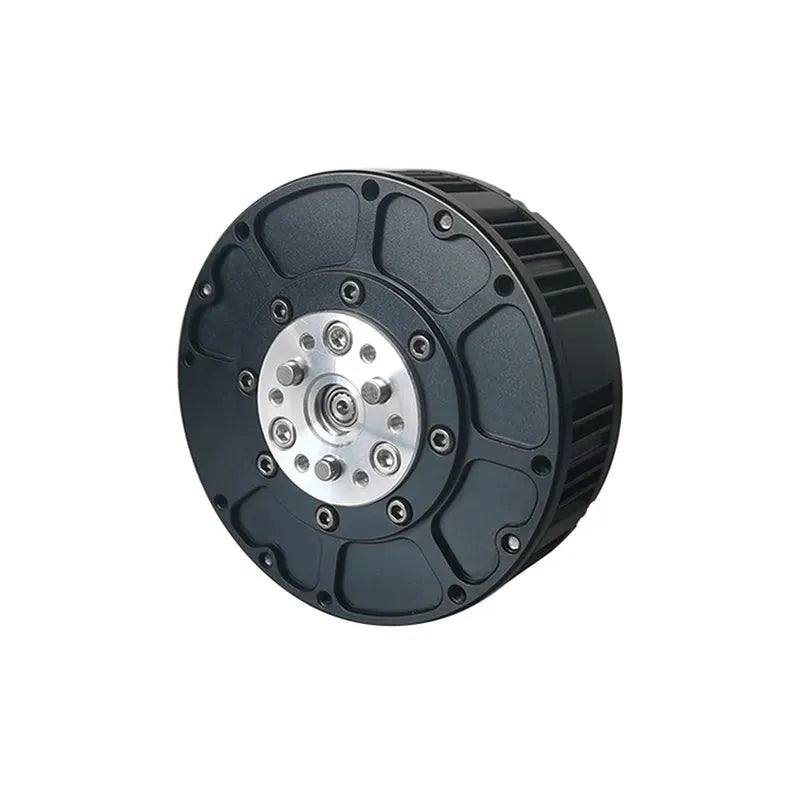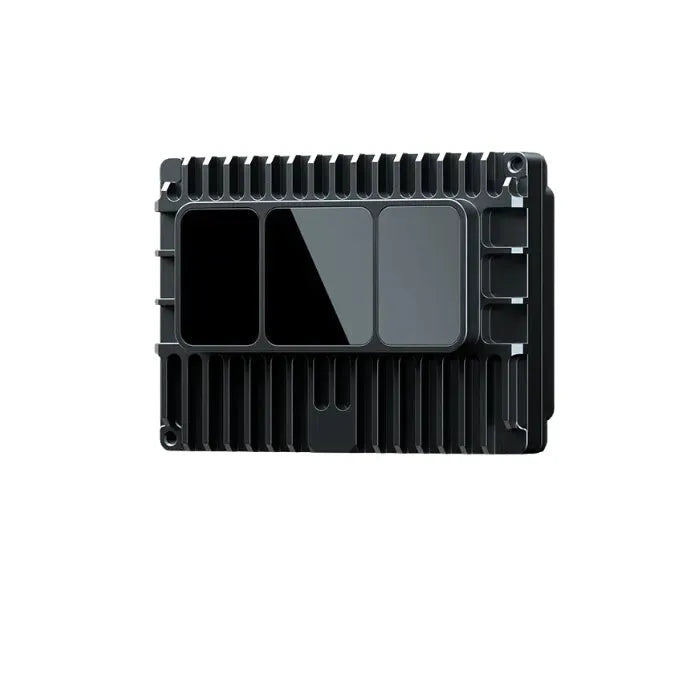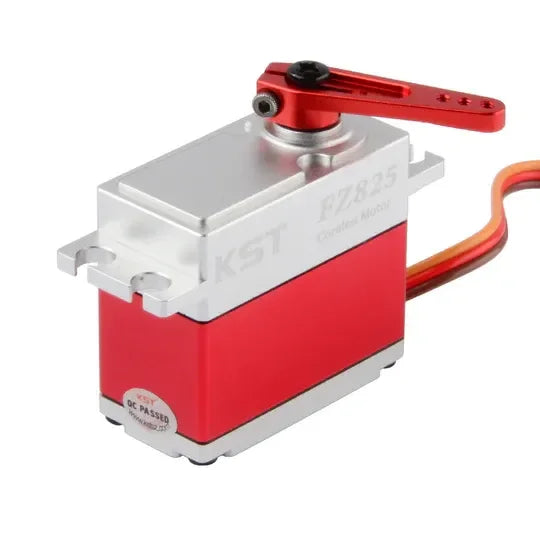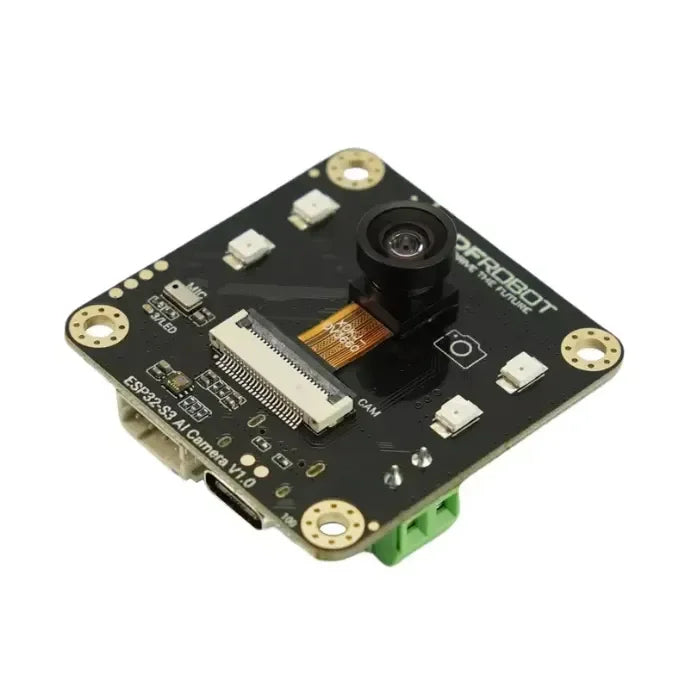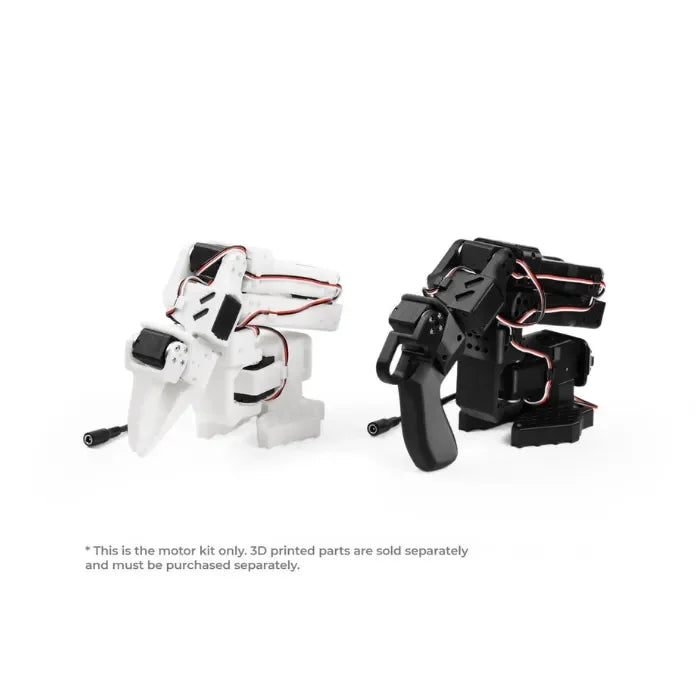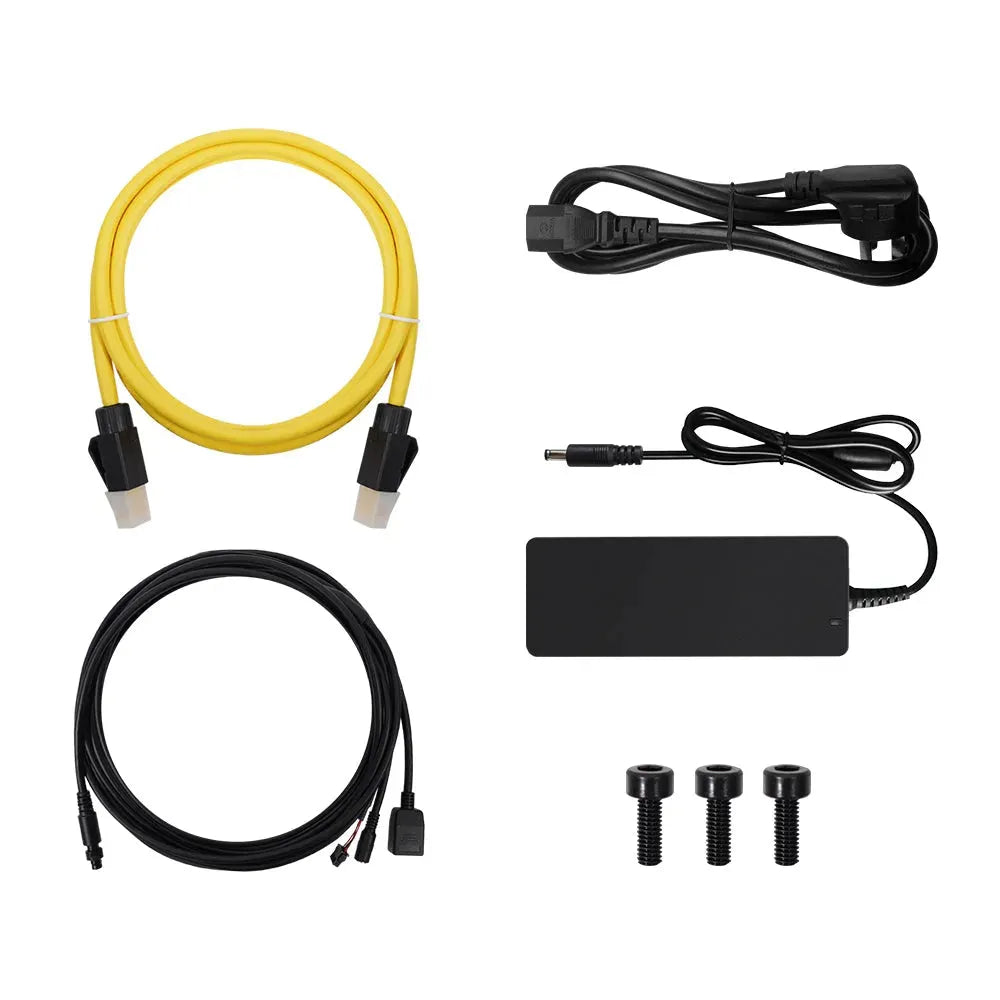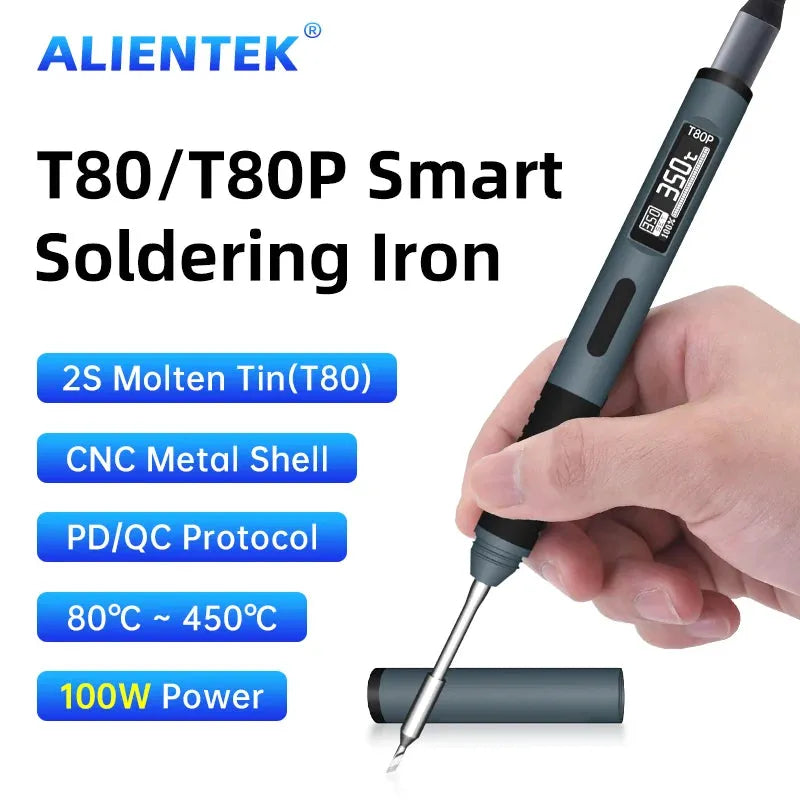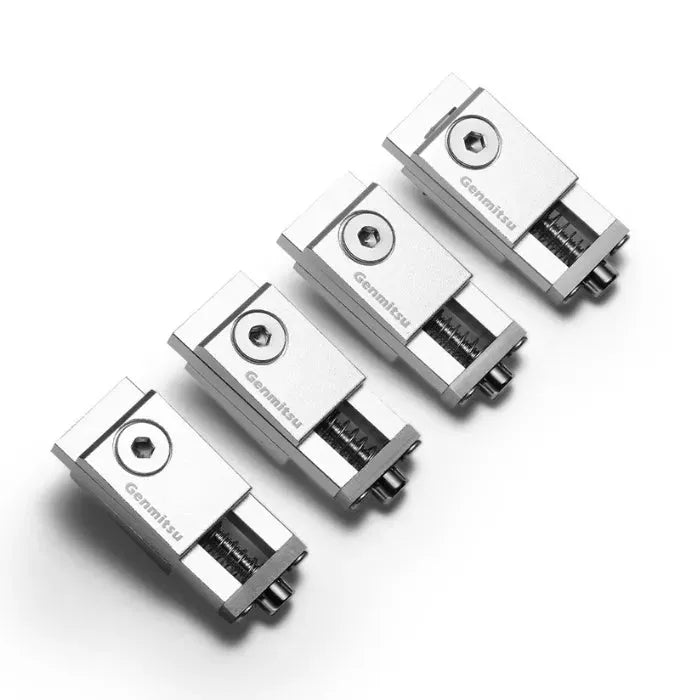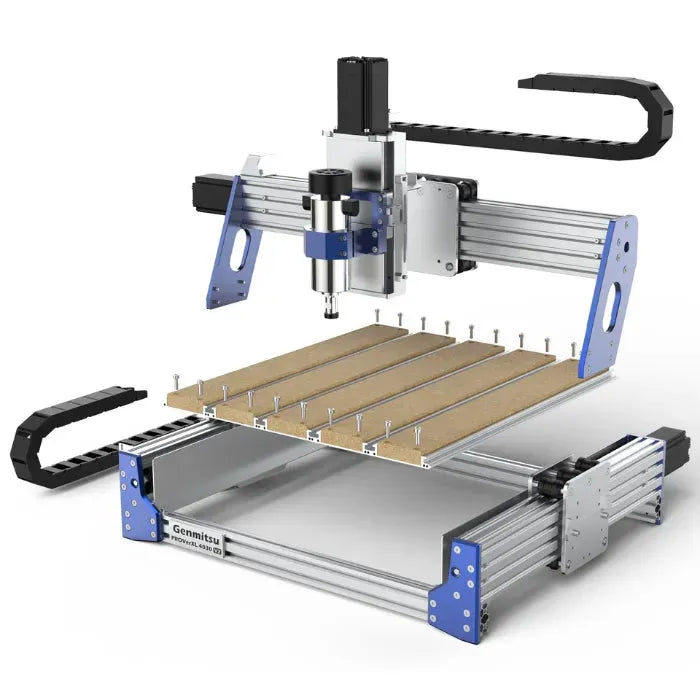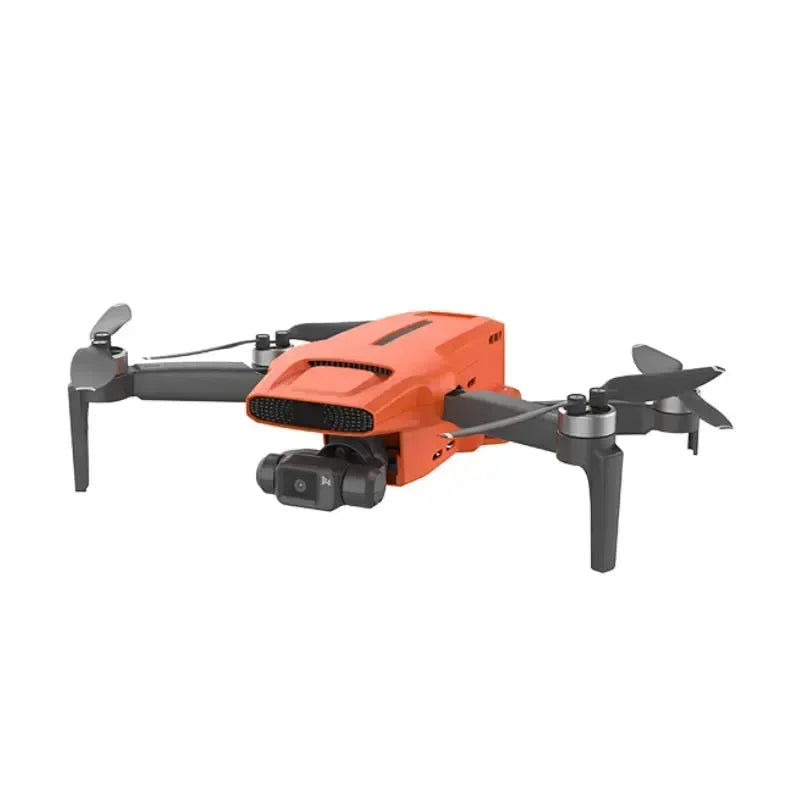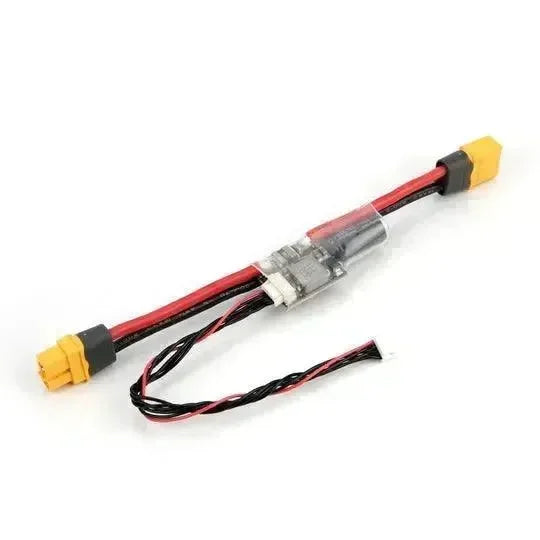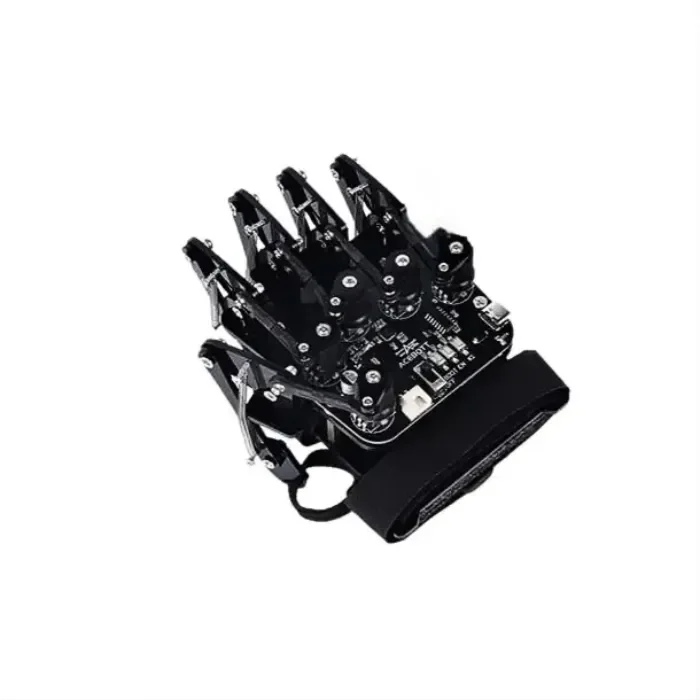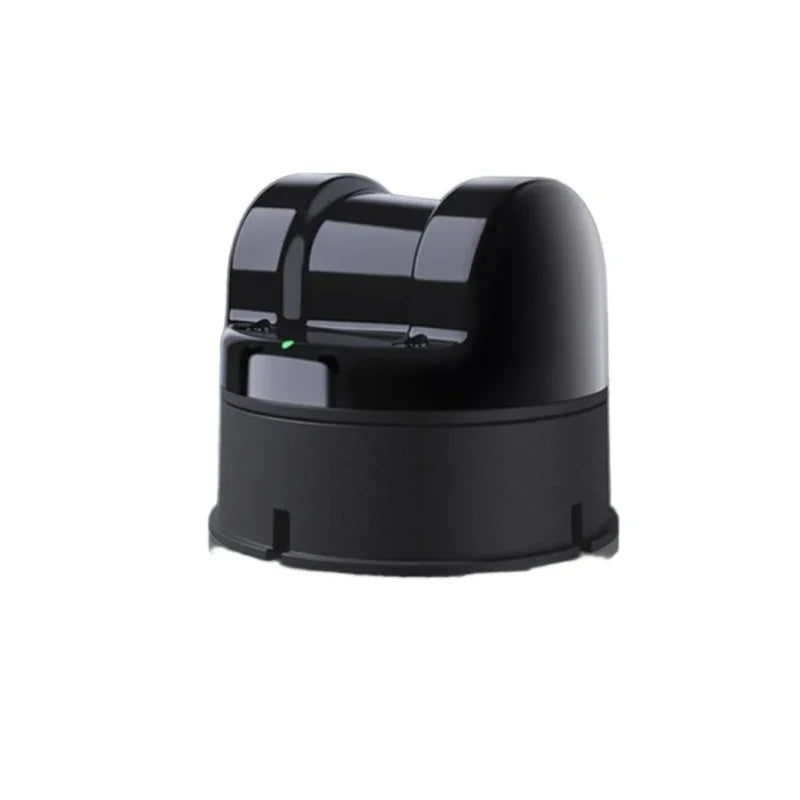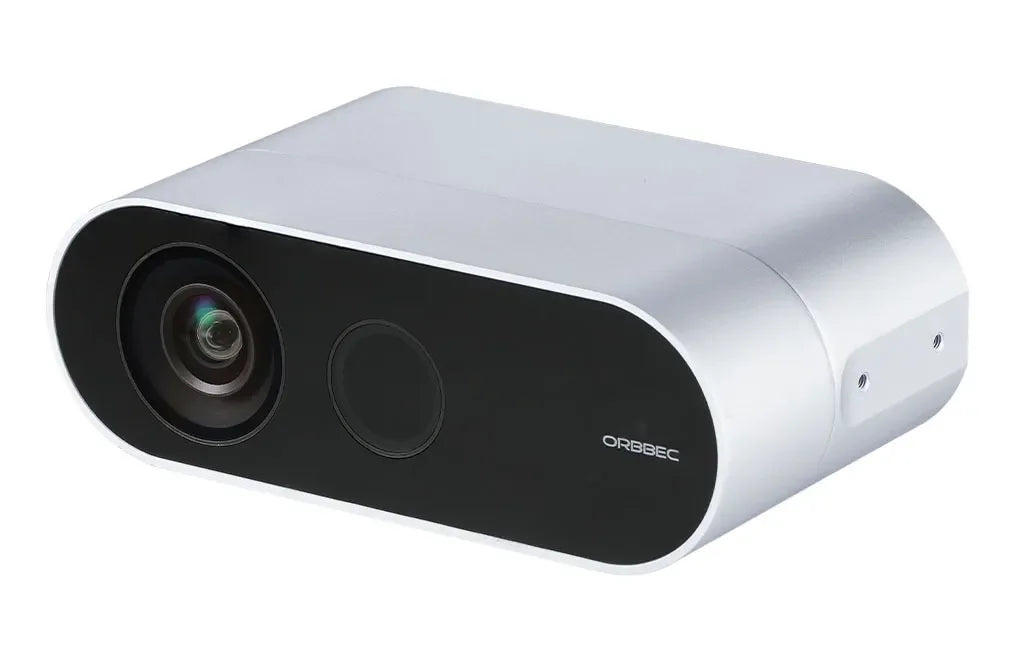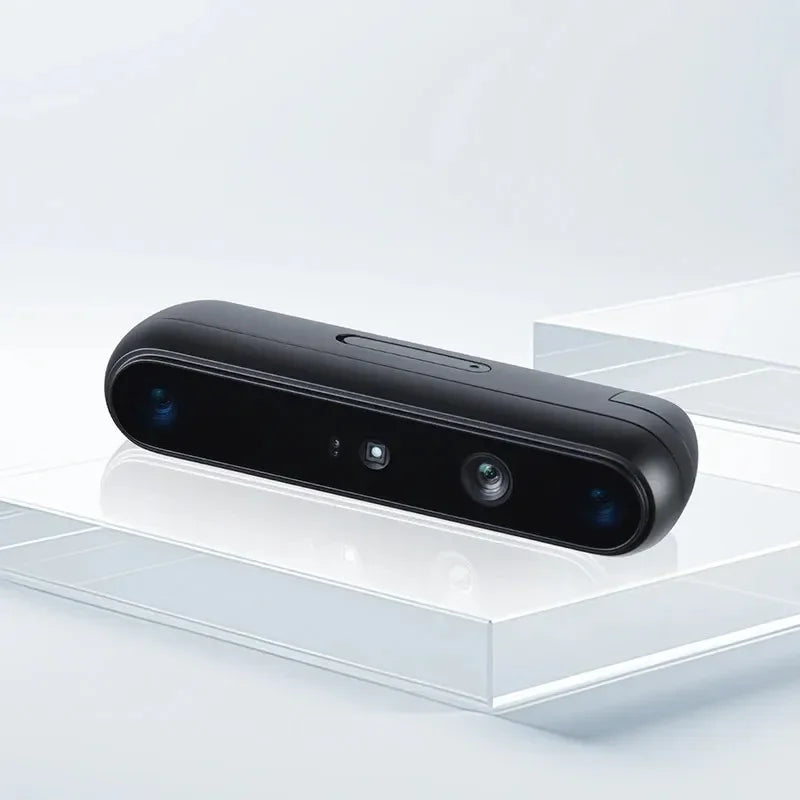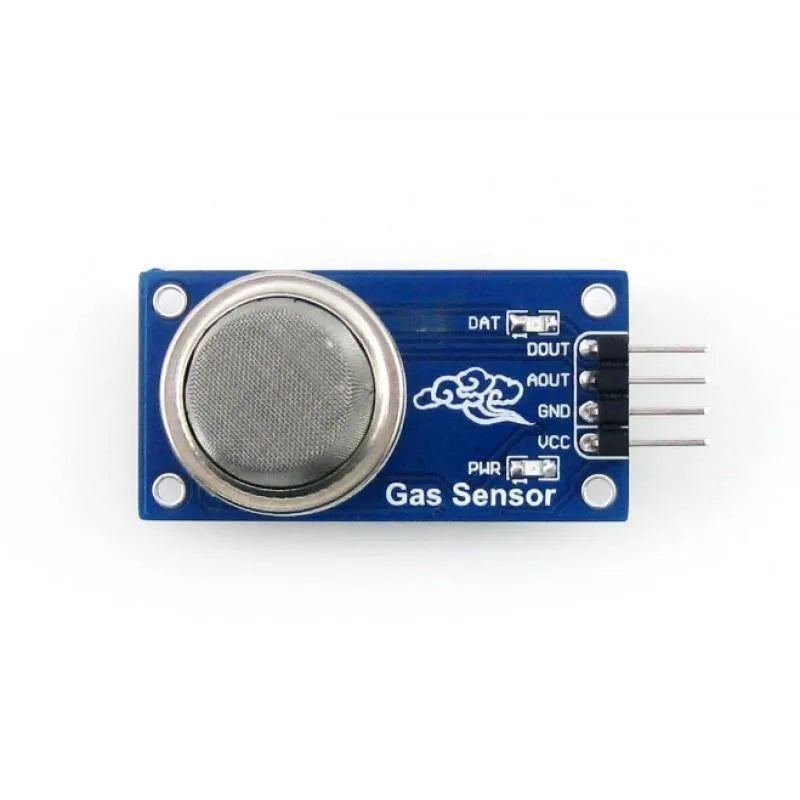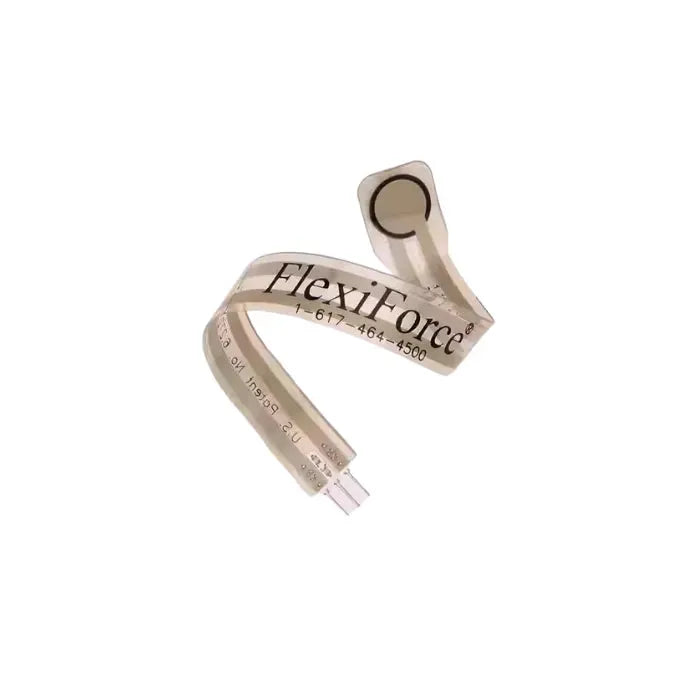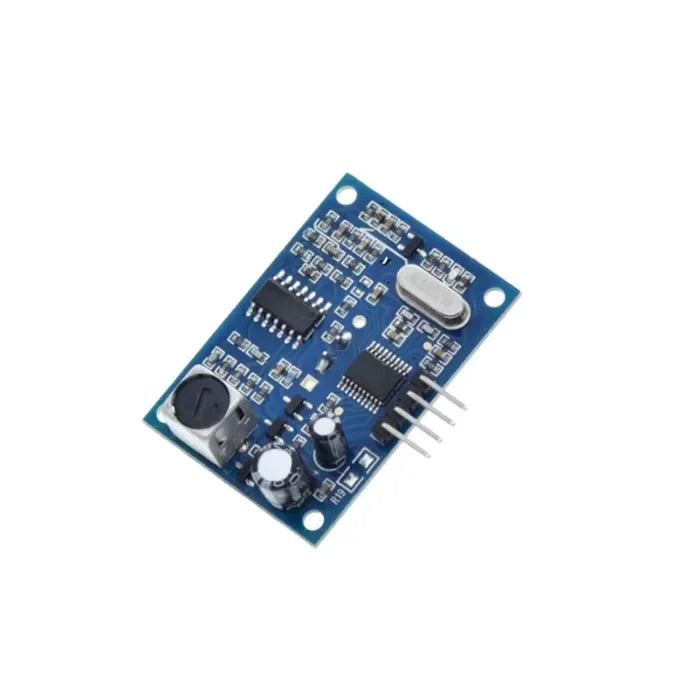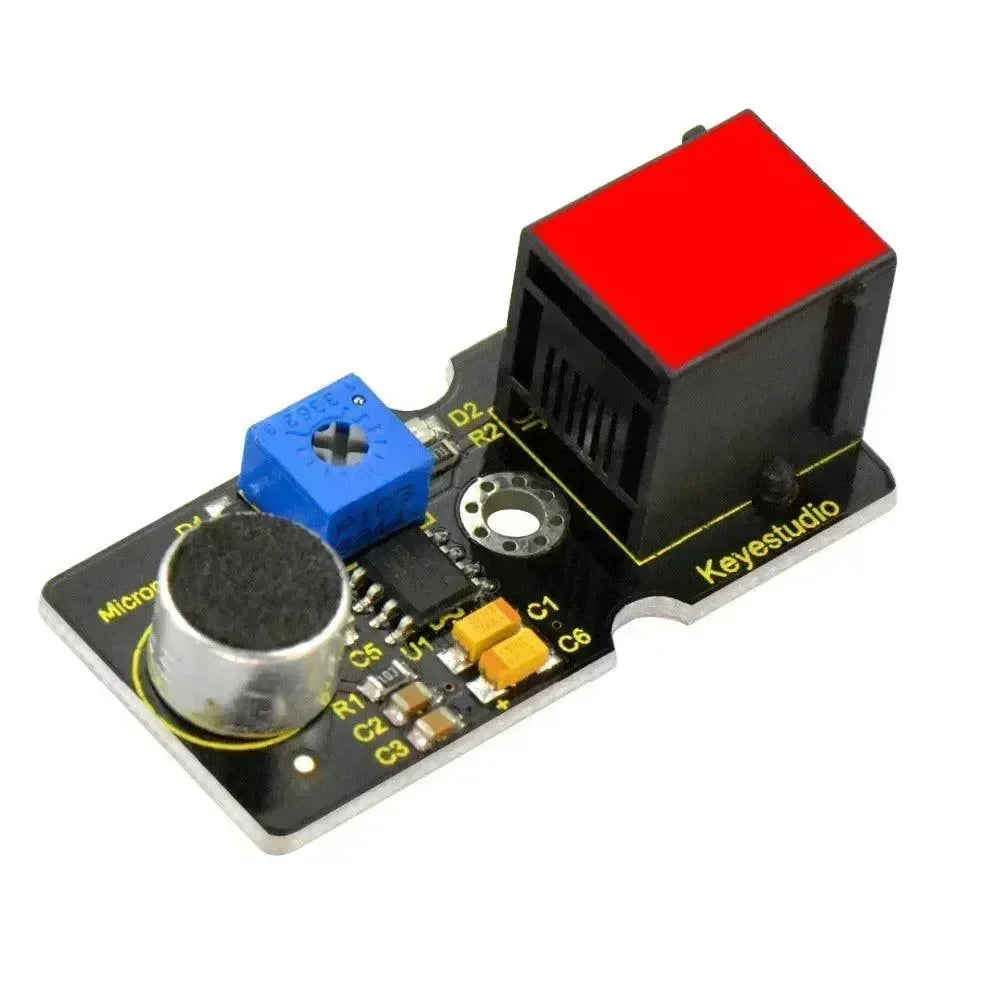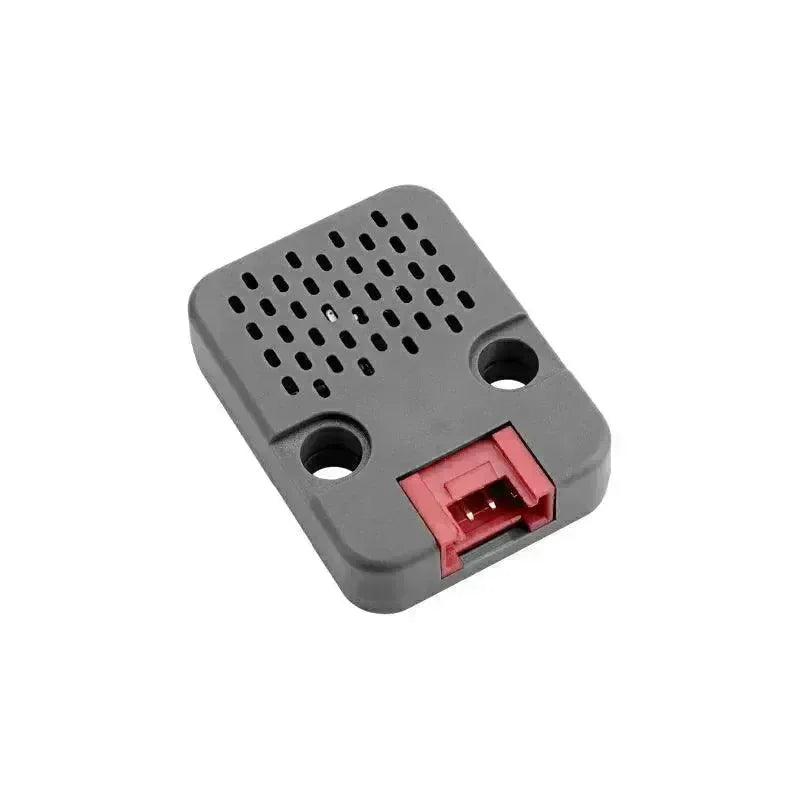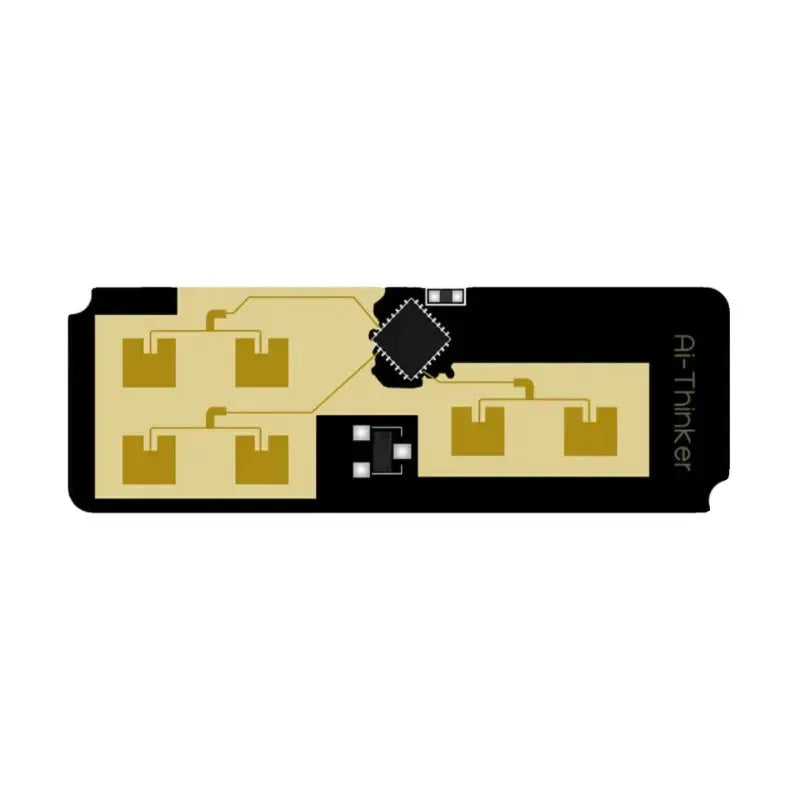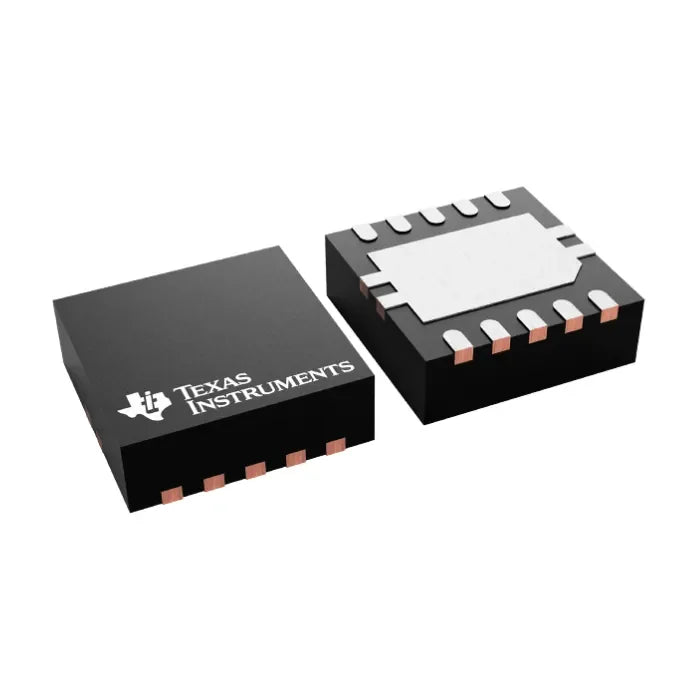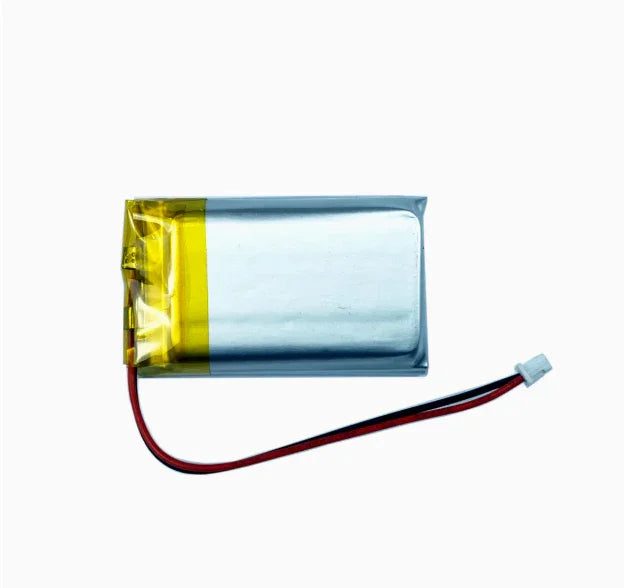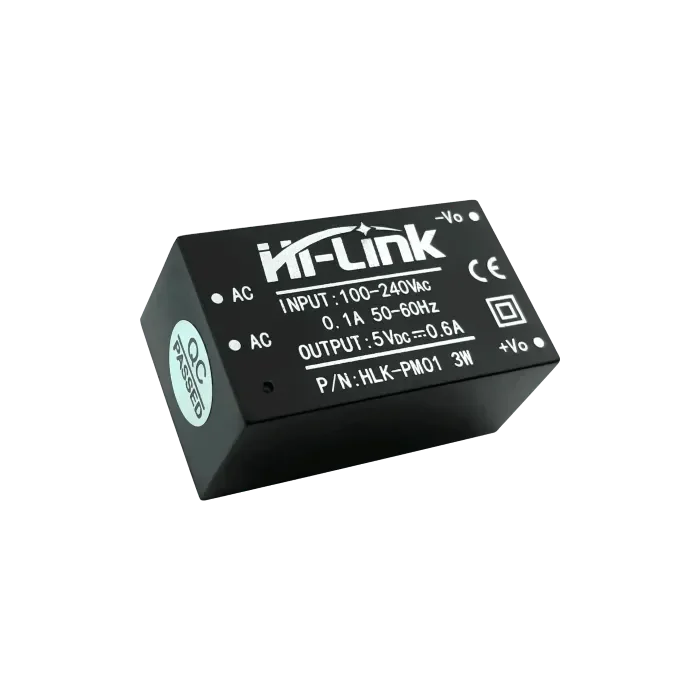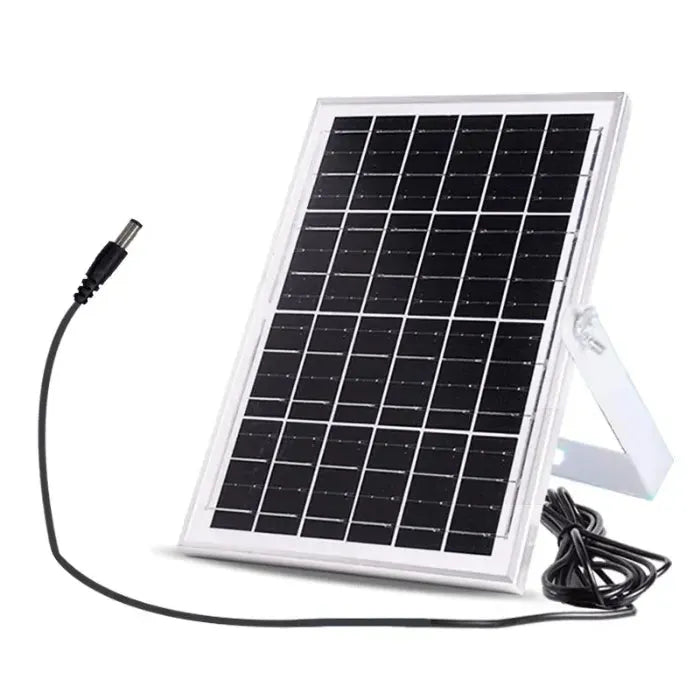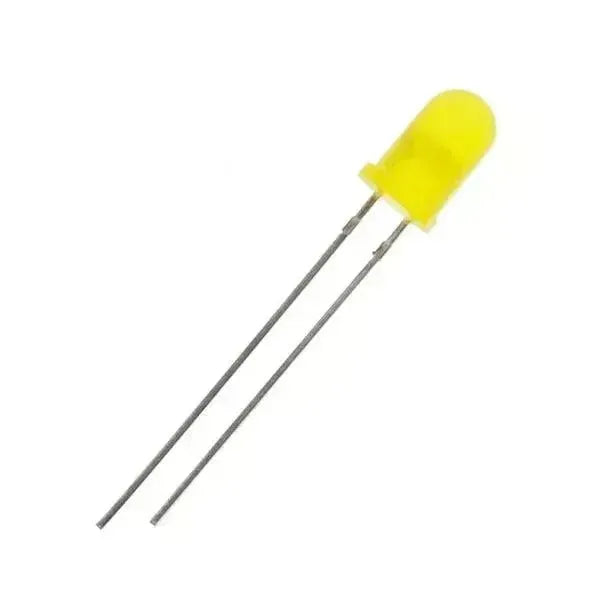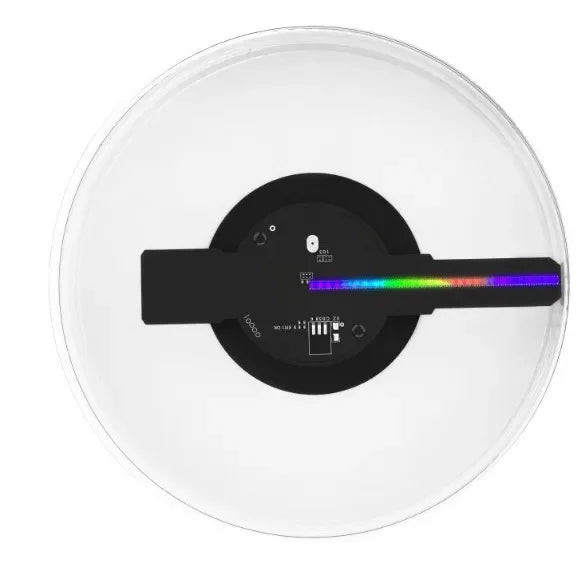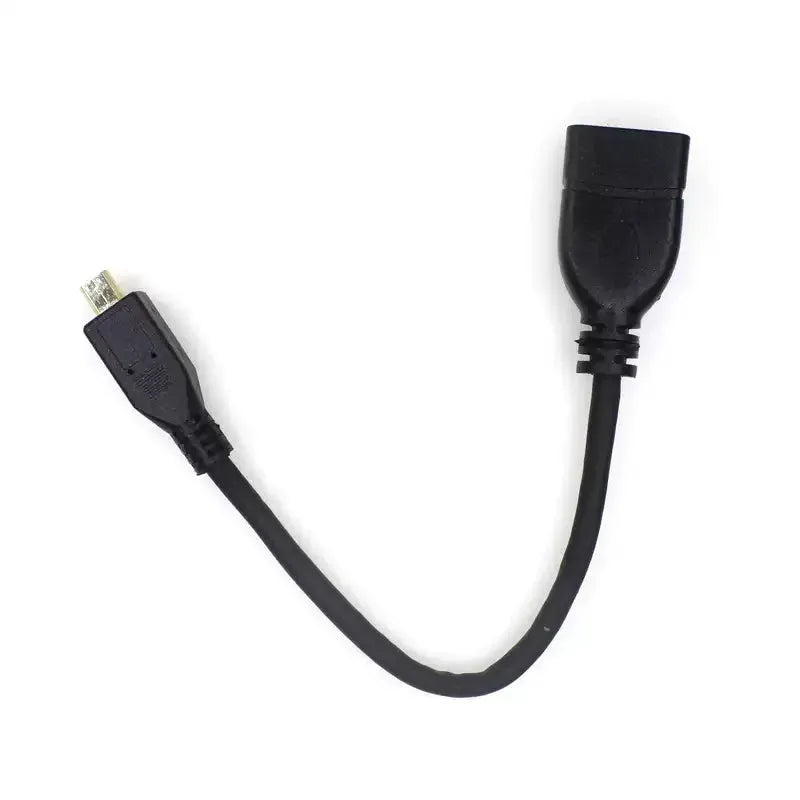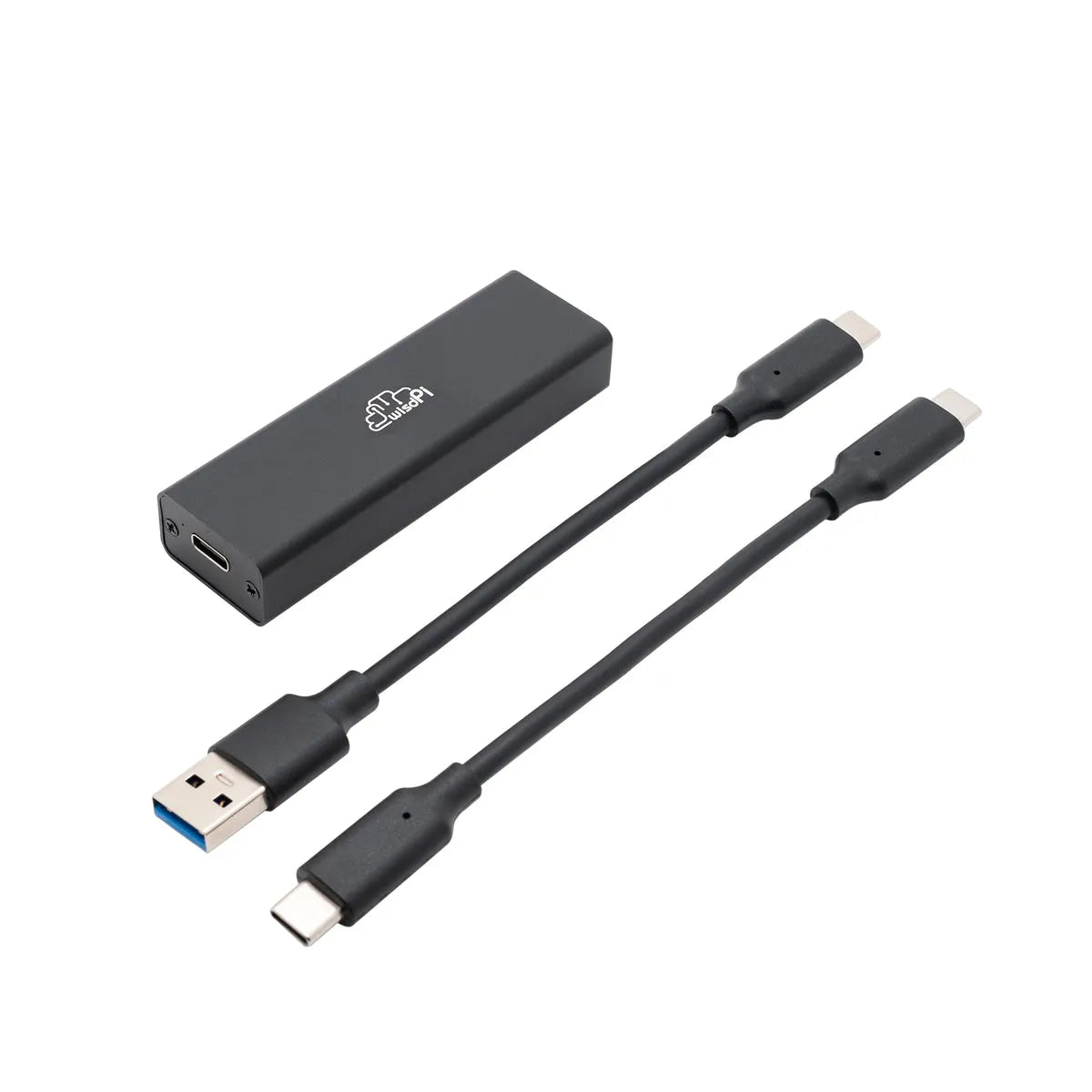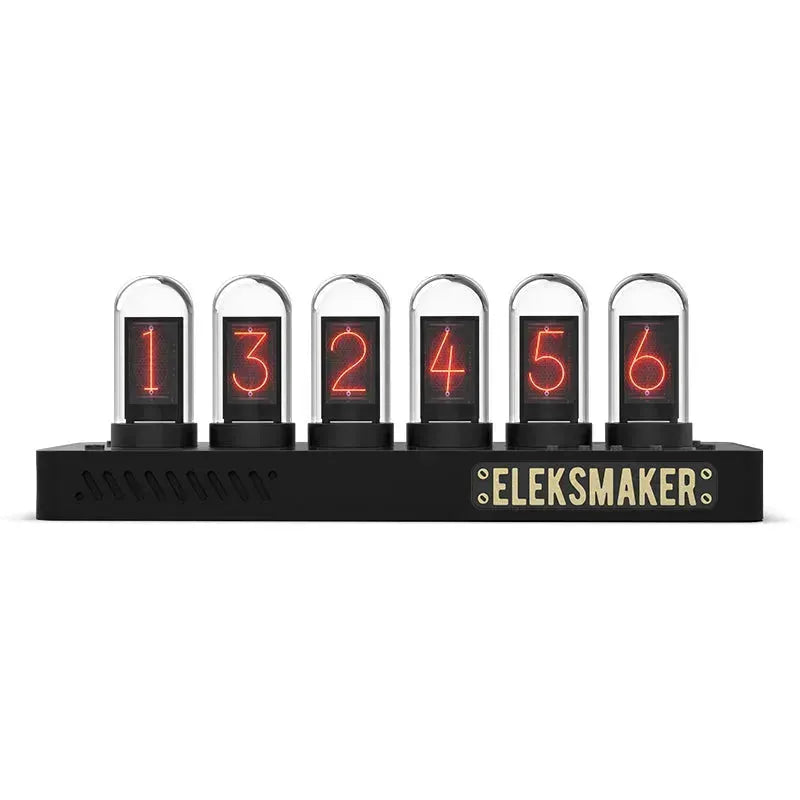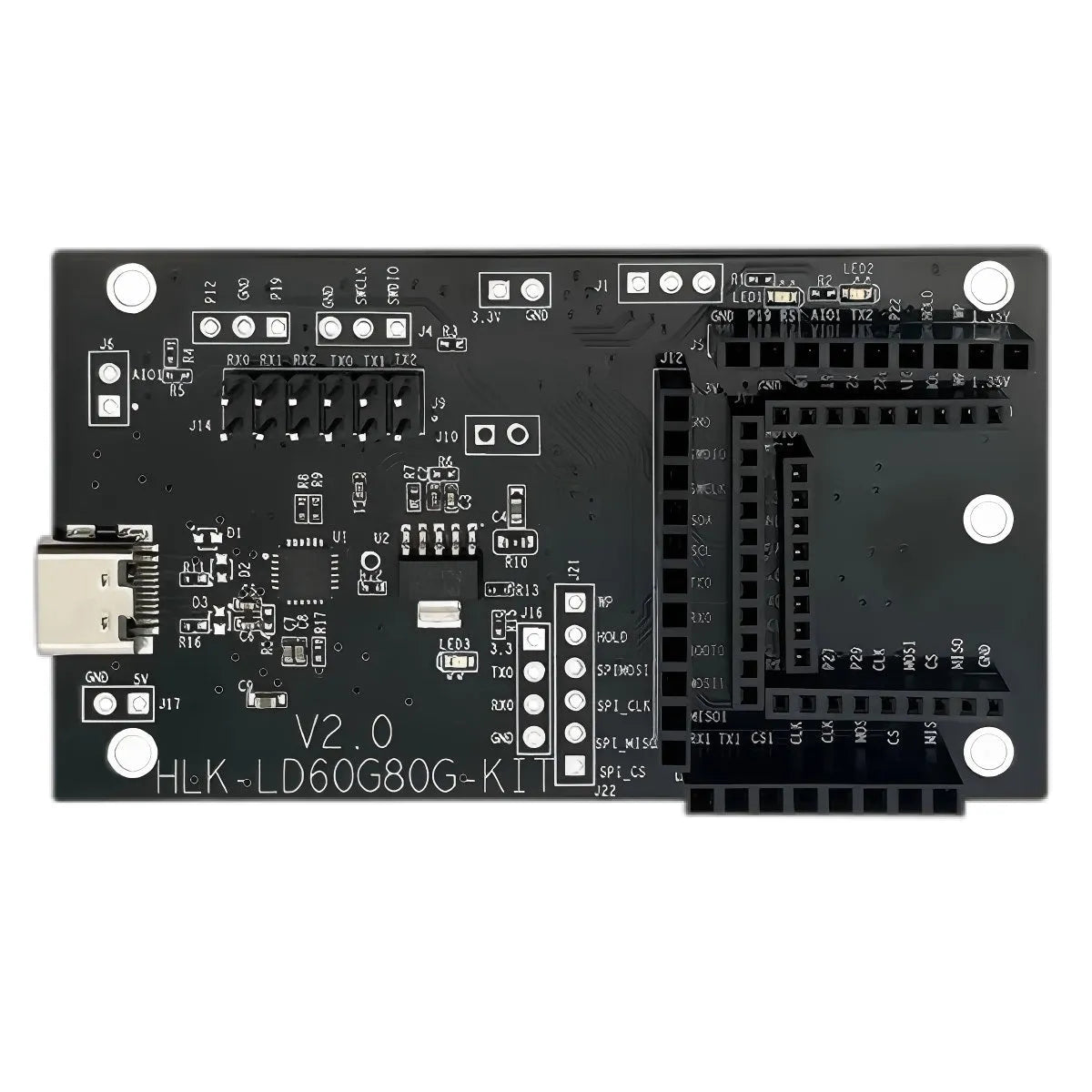
Hi-Link 60G Radar Sensor Module Debugging Board
Pre-order
Free Shipping from 30€ in Germany, 50€ in the EU!
- Pre-orders will be shipped in 5 working days.
- EU & US Countries Delivery Time: 10 working days.
- Other Countries Delivery Time: 15 working days.
- Pre-Ordering: If an item is unavailable, you can pre-order it. We'll dispatch once stock is replenished. For specific delivery times, please feel free to contact us for inquiries.
- Express Shipping: Need it faster? Contact us via email or through our live chat support, and we'll arrange expedited delivery for you.

Hi-Link 60G Radar Sensor Module Debugging Board
The Hi-Link 60G Radar Sensor Module Debugging Board is a development platform designed to facilitate the testing, evaluation, and integration of Hi-Link's 60GHz radar sensor modules. These modules are advanced sensors capable of detecting and tracking human presence, movement, and even subtle motions like breathing by utilizing Frequency Modulated Continuous Wave (FMCW) radar technology in the 60GHz band.
Here's a breakdown of what a typical debugging board for such a module would offer:
Purpose:
- Easy Module Interfacing: Provides a convenient and standardized way to connect the 60G radar sensor module to other hardware like microcontrollers (e.g., Arduino, Raspberry Pi), computers, and power supplies.
- Breakout of Pins: Exposes all the necessary pins of the radar sensor module onto easily accessible headers or connectors. This allows developers to connect to power, ground, communication interfaces (like UART), and any output signals.
- Power Regulation: Often includes onboard voltage regulation to provide the stable and correct power supply required by the 60G module.
- Communication Interface: May incorporate a USB-to-serial converter to directly interface the module's UART communication with a computer for configuration, data monitoring, and debugging.
- Indicator LEDs: Could include LEDs to visually indicate power status, data transmission/reception, or detection events.
- Test Points: Might provide test points for easy probing of signals with an oscilloscope or multimeter.
- Mounting Options: Offers a stable platform for the radar module, potentially with mounting holes for secure placement.
Key Features of the Hi-Link 60G Radar Sensor Module (HLK-LD6001) that the Debugging Board Supports:
- 60GHz Operating Frequency: Operates in the 60GHz millimeter-wave band.
- Human Presence and Movement Detection: Designed for detecting the presence and movement of people.
- Trajectory Tracking: Capable of tracking the walking paths of individuals.
- Multi-Human Detection: Can often detect and track multiple people (up to a specified number, e.g., 8).
- FMCW Modulation: Uses Frequency Modulated Continuous Wave radar for accurate sensing.
- Configurable Parameters: The sensor's sensitivity, detection range, and other parameters can typically be configured via a serial interface.
- UART Communication: Primarily communicates data and accepts commands through a UART (Universal Asynchronous Receiver/Transmitter) interface.
- Compact Size: The radar module itself is usually small for easy integration.
- Long Sensing Range: Offers a detection range of up to a certain distance (e.g., 8 meters).
- Wide Detection Angle: Provides a broad field of view for detection (e.g., ±60° horizontal, ±30° vertical).
In summary, the Hi-Link 60G Radar Sensor Module Debugging Board is an essential tool for anyone working with Hi-Link's 60GHz radar technology. It simplifies the initial setup, testing, and development process by providing a user-friendly interface to the complex radar sensor module. It allows developers to quickly connect the module, configure its settings, monitor its output, and integrate it into their specific applications.
1. General Shipping Information
- We provide premium shipping methods with a tracking number for each order.
-
Shipping address should be input in English without any special symbols to help the courier company recognize your address in the system. We will ship according to the shipping address you provided. Please notify us of any address change before your order is marked "Shipped" to avoid parcel loss.
-
Please contact our customer service staff immediately if you need to cancel or change an order. Once your order has reached "Shipped" status, it can no longer be canceled or changed in any way. To avoid complications, please recheck your shopping cart before checkout.
-
We can ship all in-stock orders within 1 business day as your order has been confirmed.
-
All items are inspected before dispatch and are carefully hand-packed.
-
With standard courier practice, you need to check the contents of the parcel before signing for your goods. Otherwise, we will not be held responsible for any damage that may have occurred in transit.
2. Shipping Options for Germany, EU* countries and US
(For Products in Munich Warehouse, Long Beach Warehouse)
2.1 Orders with a value not exceeding €5:
Shipping Options:
| Shipping Options | Germany | EU* |
|---|---|---|
|
Deutsche Post |
€6 Arrive in 3-4 Business Days |
€15 Arrive in 5-9 Business Days |
| Shipping Options | Continental U.S. | Non-Continental U.S. |
|---|---|---|
|
USPS Ground Advantage |
€7.95 Arrive in 3-7 Business Days |
€8.95 Arrive in 5-9 Business Days |
|
UPS Express |
€13.95 Arrive in 2-4 Business Days |
€17.95 Arrive in 3-7 Business Days |
2.2 Shipping options for an order value between €5 and €30 inside Germany, €5 and €50 inside the EU, or €5 and €45 in the U.S.:*
Shipping Options:
| Shipping Options | Germany | EU* |
|---|---|---|
|
Deutsche Post |
€3.5 Arrive in 3-4 Business Days |
€6 Arrive in 5-9 Business Days |
|
DHL Paket |
€6 Arrive in 2-3 Business Days |
€15 Arrive in 3-7 Business Days |
|
DHL Express |
€14 Arrive in 1-2 Business Day |
€65 Arrive in 2-3 Business Days |
| Shipping Options | Continental U.S. | Non-Continental U.S. |
|---|---|---|
|
USPS Ground Advantage |
€4.95 Arrive in 3-7 Business Days |
€6.95 Arrive in 5-9 Business Days |
|
UPS Express |
€11.95 Arrive in 2-4 Business Days |
€13.95 Arrive in 3-7 Business Days |
2.3 Free shipping options for an order value of above €30 inside Germany, €50 inside the EU* or €45 in US :
| Free Shipping Options | Germany | EU* |
|---|---|---|
|
Deutsche Post |
Free Above €30 | Free Above €50 |
|
DHL Paket |
+ €2 for Above €30 / Free Above €60 | + €8 for Above €50 / Free Above €80 |
|
DHL Express |
+ €10 for Above €30 | + €60 for Above €50 |
| Free Shipping Options | Continental U.S. | Non-Continental U.S. |
|---|---|---|
|
USPS Ground Advantage |
Free above €45 | Free above €60 |
|
UPS Express |
+ € 8.95 for Above €45 | + € 11.95 for Above €45 |
-
Certain EU Countries are not included in our EU Zone definition: United Kingdom (excluding Ireland), Switzerland, Liechtenstein, Vatican City, Albania, Belarus, Norway, Ukraine, and Iceland. For the above countries, the International Shipping Rule applies.
- The regions in the Non-Continental U.S. include: Alaska, American Samoa, Guam, Hawaii, the Marshall Islands, the Northern Mariana Islands, Palau, Puerto Rico, the U.S. Virgin Islands, the Armed Forces of America, the Armed Forces in Europe, the Armed Forces in the Pacific, and the U.S. outlying islands. The shipping and delivery to these areas are subject to the Non-Continental U.S. shipping rules.
2.4 Shipping Options for International Countries:
(via Deutsche Post or YunExpress)
| Order Amount | International |
|---|---|
| €0 - €15 | €8 |
| €15 - €30 | €7 |
| €30 - €50 | €6 |
| €50 and above | €4 |
Important Notice:
- Please verify the inventory location on the product page before placing your order to confirm delivery timeframes.
- For products in the Shenzhen warehouse, we will typically first ship the products from the Shenzhen warehouse to our Munich warehouse or Long Beach warehouse, which will take around 1.5 weeks. After we receive the shipment in Munich/ Long Beach, we will send the items to you. We will only arrange YunExpress shipping from Shenzhen for orders with products in the Shenzhen warehouse worth more than €50.
- If you place an order with products from both Munich and Shenzhen warehouses, we will first ship the products in the Munich warehouse, and then send the remaining products to you when we receive them from Shenzhen.
3. International Warehouse
3.1 German Warehouse
3.2 US Warehouse
3.3 Chinese Warehouse
4. Customs and Taxes
4.1 How are customs handled by OpenELAB for import or export?
4.2 How is VAT charged when the Customer places an order from OpenELAB?
4.3 What kind of fee will be charged except VAT?
Effective Date: December 10, 2025
At OpenELAB, we are committed to providing accurate product descriptions and high-quality electronics. The following policy outlines your rights and obligations, designed to be fair to both our customers and our business operations globally.
1. Warranty Policy
A. Standard Limited Warranty (Global & US)
For customers in the United States, Asia, and other non-EU regions:
-
Warranty Period: OpenELAB provides a 12-month warranty from the date of delivery.
-
Coverage: This warranty covers defects in material and workmanship under normal use.
-
Resolution: We will repair or replace defective units at no charge.
B. Statutory Rights for EU/UK Customers (EU Compliance)
If you are a consumer residing in the European Union or the UK purchasing from our global site:
-
Statutory Guarantee: You are entitled to a 24-month statutory guarantee for conformity defects present at the time of delivery, in accordance with EU consumer protection laws.
-
Relation: The Standard Limited Warranty (Section 1.A) applies in addition to, and does not replace, your statutory rights.
C. Warranty Exclusions (Applies to ALL Regions)
Warranty coverage is VOID if the damage is caused by:
-
Misuse: Incorrect installation, reverse polarity, or exceeding voltage limits.
-
Unauthorized Modification: This explicitly includes soldering, cutting pins, modifying the PCB, or flashing unauthorized/beta firmware that "bricks" the device.
-
Physical Damage: Drops, moisture/water damage, or electrical surges (lightning).
-
Normal Wear & Tear: Consumable parts (e.g., batteries), unless defective upon arrival.
Note: For non-warranty repairs (e.g., customer-induced damage), we may offer repair services for a fee. Shipping and diagnostic costs will be borne by the customer.
2. Return & Refund Policy
A. Return Window
-
Standard: You may request a return within 30 days of receiving your order.
-
EU Customers: You have the statutory right to withdraw from the contract within 14 days of receipt without giving a reason.
B. Refund Conditions & Restocking Fees
To protect against policy abuse, the refund amount is strictly determined by the condition of the returned item.
1. Full Refund (100%)
-
The item is Brand New, Unopened, and Unused.
-
The original packaging is intact and sealed.
-
All accessories are present.
2. Partial Refund (Restocking Fee / Value Depreciation)
If the item is returned in a condition that prevents it from being sold as new, OpenELAB reserves the right to deduct a Restocking Fee (or "Compensation for Loss of Value" for EU customers) from the refund.
Deductions apply if:
-
Signs of Use: Visible scratches, mounting marks on screw holes, or fingerprints.
-
Damaged Packaging: Original box is torn, written on, or missing.
-
Technical Modification: The device has been powered on, programmed/flashed, or soldered.
-
Broken Seals: Anti-static bags or security seals have been opened.
Depending on the severity of the usage/damage, the deduction may range from 15% to 50% of the product price. Items damaged beyond repair due to misuse will not be refunded.
C. Shipping Costs
-
Defective / Wrong Item: OpenELAB covers the return shipping cost.
-
Customer Remorse (Changed Mind / Ordered Wrong Item): The customer is responsible for all return shipping costs to our designated return center (located in the US, Germany, or China, depending on your region). Original shipping fees are non-refundable unless required by local law.
3. Return Process (RMA)
To ensure a smooth return process, please follow these steps:
-
Authorization: Contact us at info@openelab.io before returning any item. Returns without prior authorization will not be accepted.
-
RMA Number: We will provide you with a Return Merchandise Authorization (RMA) number and the correct return address.
-
Packing: Ship the item back in its original packaging with the RMA number clearly marked on the shipping label (not on the product box).
-
Tracking: We strongly recommend using a trackable shipping method. OpenELAB is not responsible for returns lost in transit.

